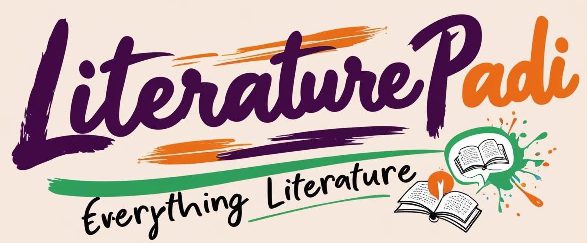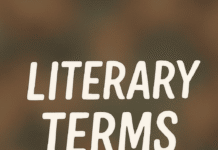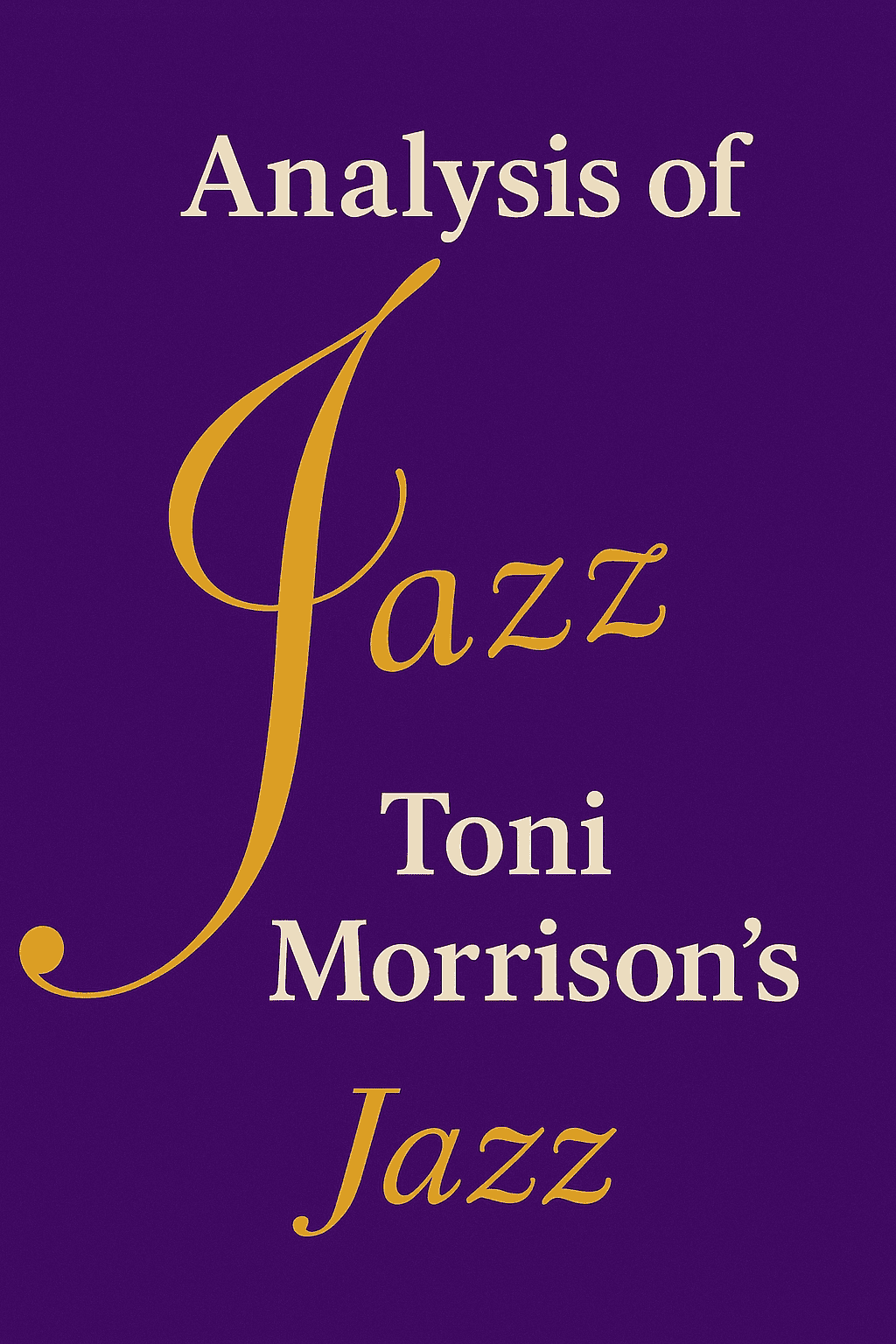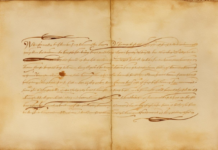📢 Follow our WhatsApp Channel for the latest literary updates!
Have you ever listened to a speech or read a piece of writing that moved you; not just because of what was said, but how it was said?
That’s the power of rhetorical devices at work. You find them in use in literature, public speaking, and everyday communication.
Rhetorical devices are techniques that writers and speakers use to persuade, emphasise, or impact the audience. These tools add style, emotion, rhythm, and force to language.
In this post, we’ll explain what rhetorical devices are, why they matter, and introduce you to some of the most common and powerful examples.
What Is a Rhetorical Device?
A rhetorical device is a language technique used to create a specific effect on an audience; whether it’s to persuade, emphasise a point, provoke emotion, or make an idea more memorable.
Think of rhetorical devices as stylistic tools in a writer’s or speaker’s toolbox. They’re not random; they’re intentional choices designed to shape how a message is received.
Why Are Rhetorical Devices Important?
Understanding rhetorical devices helps students to:
- Analyse speeches, essays, and poems more effectively
- Recognise how language influences thought and emotion
- Write with more purpose, power, and persuasion
- Prepare for literary exams and rhetorical analysis questions
Common Rhetorical Devices
Here are some frequently used rhetorical devices you should know:
Metaphor: It describes something as if it were something else, creating vivid comparison. Example: “Time is a thief.”
Anaphora: It is the repetition of a word or phrase at the beginning of successive clauses or sentences. Example: “We shall fight on the beaches / we shall fight on the landing grounds…”
Alliteration: It is the repetition of the same consonant sounds at the beginning of words. Example: “Peter Piper picked a peck of pickled peppers.”
Rhetorical Question: It is a question asked not to get an answer but to make a point. Example: “Who doesn’t want peace and prosperity?”
Hyperbole: It is an exaggeration for effect. Example: “I’ve told you a million times.”
Metanoia: It is the self-correction or revision of what was just said. Example: “He was the best student—no, the most exceptional we’ve ever had.”
Synecdoche: It involves using a part to represent the whole. Example: “All hands on deck” (hands = sailors).
Irony: It means saying the opposite of what you mean for humorous or emphatic effect. Example: “A fire station burns down.”
Parallelism: It involves using similar grammatical structures for balance and rhythm. Example: “Easy come, easy go.”
Where Do We Find Rhetorical Devices?
Rhetorical devices appear in speeches (political, religious, motivational); essays and articles; poetry and drama; novels and short stories; and advertising slogans and political campaigns.
Great speakers like Martin Luther King Jr., Barack Obama, Chinua Achebe, Wole Soyinka, and even African griots (oral poets) use rhetorical devices to hold attention, evoke emotion, and inspire action.
Rhetorical devices sure make language come alive.
Join Our Social Media Channels:
- WhatsApp: Literature PADI
- Telegram: Literature PADI
- YouTube: @literaturepadi
- Facebook: Literature PADI












